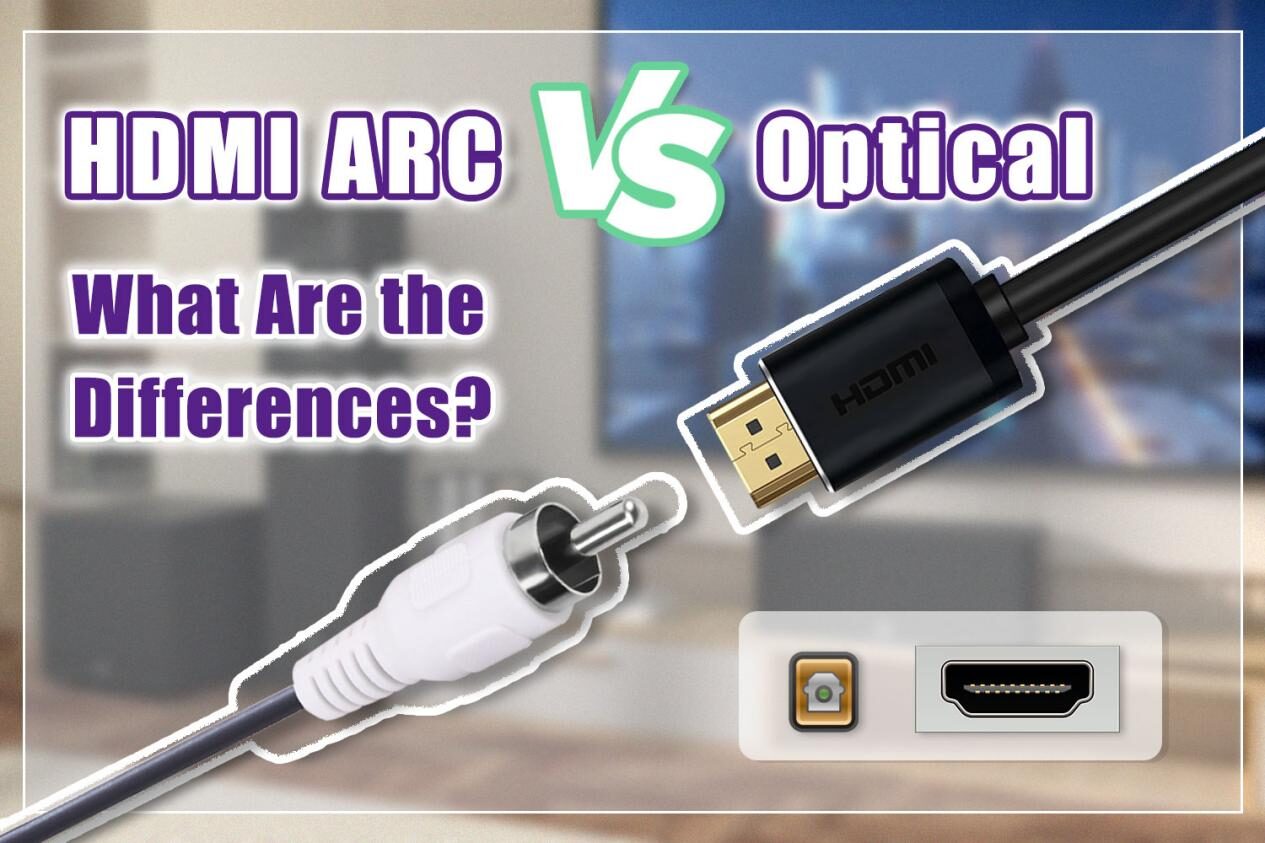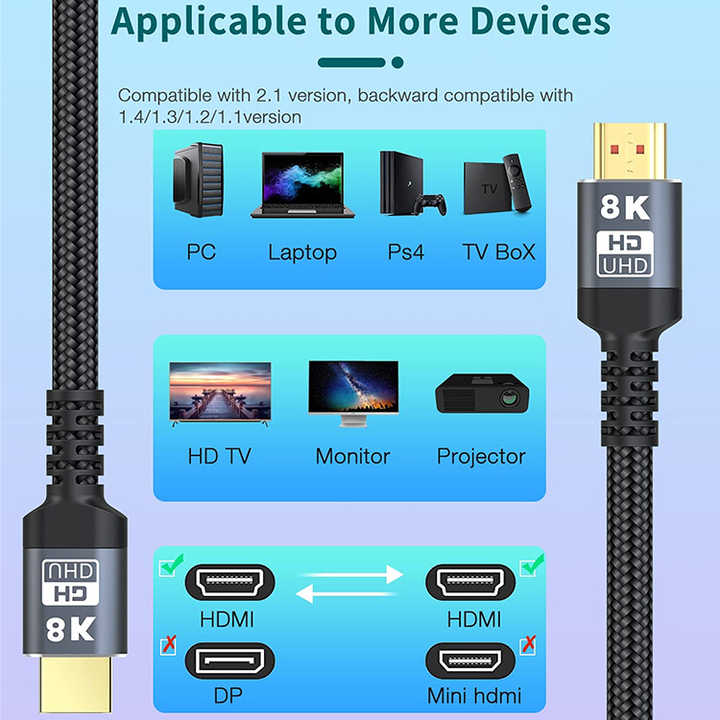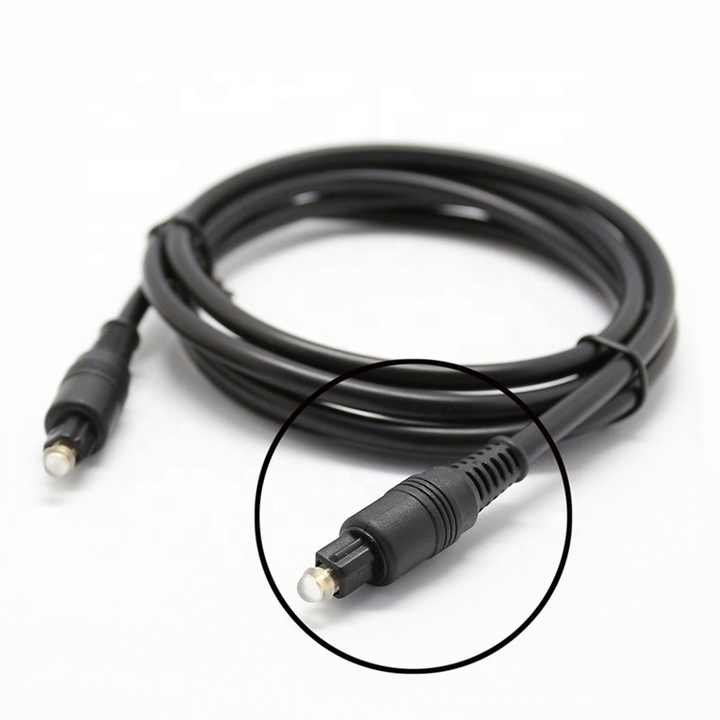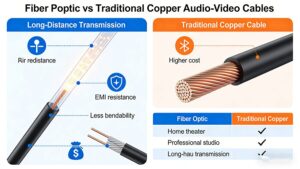Раньше для передачи аудио и видео использовался коаксиальный кабель. Но затем его постепенно заменили HDMI и цифровой оптический. Известно, что качество звука может в значительной степени повлиять на ваши впечатления. С появлением HDMI ARC вы можете оказаться перед выбором: HDMI ARC или цифровой оптический кабель. Чтобы лучше понять разницу между HDMI ARC и цифровой оптическийТогда вам нужно погрузиться в нашу статью.
Что такое HDMI ARC?
HDMI ARC означает Audio Return Channel, впервые представленный в Стандарт HDMI 1.4. До появления HDMI 1.4 порт HDMI позволял передавать сигнал от источника к дисплею только в одном направлении. HDMI ARC обеспечивает двунаправленную передачу, поэтому вам никогда не понадобится дополнительный аудиокабель. Аудио- и видеосигналы передаются с устройства-источника на дисплей, а затем аудиосигнал передается по HDMI ARC обратно на аудио/видеоресивер. Например, если вы используете стандартный кабель HDMIДля соединения саундбара и телевизора необходимо использовать один HDMI-кабель, а для передачи аудиосигнала с телевизора на саундбар - другой. HDMI ARC полностью изменил эту ситуацию, поскольку позволяет передавать видео и аудио по одному HDMI-кабелю.
HDMI ARC обеспечивает высококачественную передачу звука и поддерживает различные многоканальные аудиоформаты, такие как Dolby и DTS. Однако совместимость определенных аудиоформатов с вашим саундбаром может отличаться в зависимости от производитель.
HDMI ARC также может помочь вам дистанционно управлять громкостью вашего аудио-видео оборудования через HDMI CEC (Consumer Electronics Control). Теперь существует eARC, что расшифровывается как Enhanced Audio Return Channel. Это следующая версия ARC, обеспечивающая более высокое качество аудио и видео.
Примечание: Стандарт eARC введен последним HDMI 2.1 с более широкой полосой пропускания и высокой скоростью. Он поддерживает 24 бит/192 кГц, несжатые потоки данных 5.1 и 7.1 и 32-канальный звук. В отличие от HDMI ARC, eARC поддерживает Dolby® TrueHD и DTS-HD. Кроме того, в eARC улучшена функция автоматической синхронизации по губам, так что вам не придется самостоятельно выполнять какие-либо настройки.
Что такое цифровая оптика?
Цифровая оптика также известна как Кабели TOSLINKОни широко используются в аудио- и видеоустройствах с 1983 года. Цифровые оптические кабели обычно состоят из оптического волокна, передающего аудиосигналы с помощью света. Оптические кабели нелегко заземлить, они устойчивы к внешним помехам и широко используются в домашних развлекательных устройствах, таких как CD- и DVD-проигрыватели. Хотя в некоторых приложениях они были заменены более современными кабелями, такими как HDMI, цифровые оптические кабели по-прежнему используются в старых устройствах. Несмотря на то, что HDMI сейчас занимает большую часть рынка, оптические кабели имеют свои преимущества. Они передают звук в режиме многоканального объемного звучания, что обеспечивает людям лучшие впечатления.
Обратите внимание, что цифровой оптический способен передавать только аудиоданные. Эти кабели могут поддерживать передачу несжатого и сжатого звука на большие расстояния.
HDMI ARC и оптический имеют одинаковое назначение, например, они поддерживают передачу многоканального звука с одного устройства на множество других. Но у них есть и некоторые различия, и мы рассмотрим их в следующем материале.
Различия между HDMI ARC и оптическим
|
Аспект
|
HDMI ARC
|
Оптический
|
|
Строительство
|
Изготовлено из меди.
|
Состоит из стекловолокна.
|
|
Качество звука
|
Поддерживает больше форматов, включая Dolby Atmos, Dolby Digital Plus, True HD, DTS HD; до расширенных 5.1 каналов (не 7.1).
|
Поддержка Dolby Digital, DTS, стерео; до 5.1 каналов.
|
|
Передача видео
|
Передает как аудио, так и видео (например, HDMI 2.0 поддерживает 4K/60 Гц, 2.1 - 4K/120 Гц или 8K/60 Гц).
|
Передает только аудио, без видео.
|
|
Максимальная длина кабеля
|
Рекомендуется до 15 метров (50 футов).
|
Рекомендуется до 10 метров (33 фута); может достигать 30 метров (99 футов).
|
|
Устойчивость к электромагнитным помехам
|
Слабая устойчивость к электромагнитным помехам.
|
Неуязвимость к электромагнитным помехам обеспечивает чистоту звука.
|
|
Простота использования
|
Подключение по одному кабелю с помощью HDMI CEC; автоматическое определение и настройка параметров звука.
|
Требуются отдельные кабели; необходима ручная настройка аудиовыхода.
|
|
Совместимость
|
Хорошо работает с современными телевизорами и аудиоустройствами; возможны проблемы с более старым оборудованием.
|
Совместим со старыми устройствами; менее идеален для нового оборудования.
|









